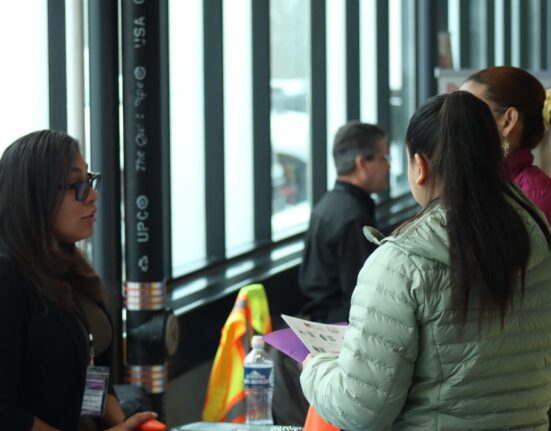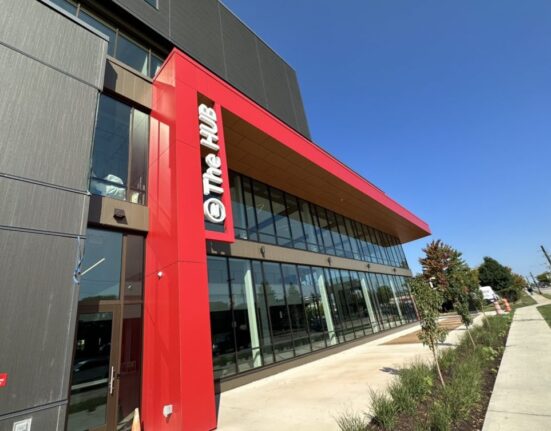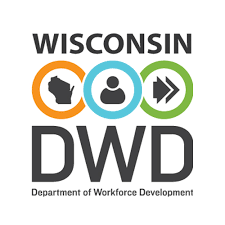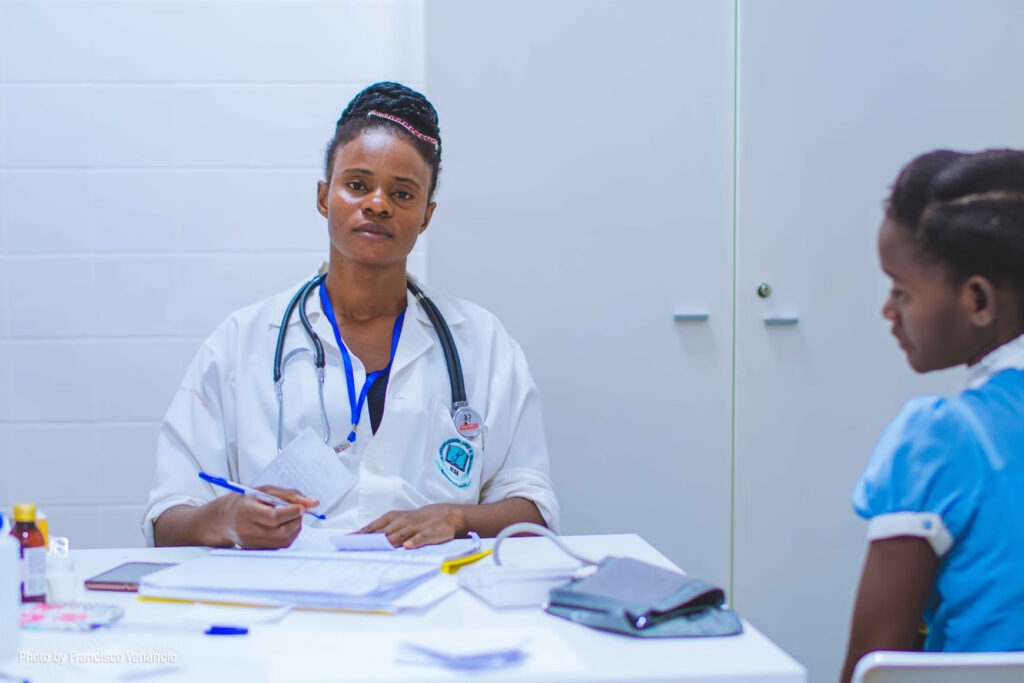
By the late summer of 2020, many businesses, organizations and agencies had recognized the importance of diversity, equity and inclusion in their business practices, largely in response to the murder of George Floyd. That included the healthcare sector, where some leaders recognized DEI might be even more important for them.
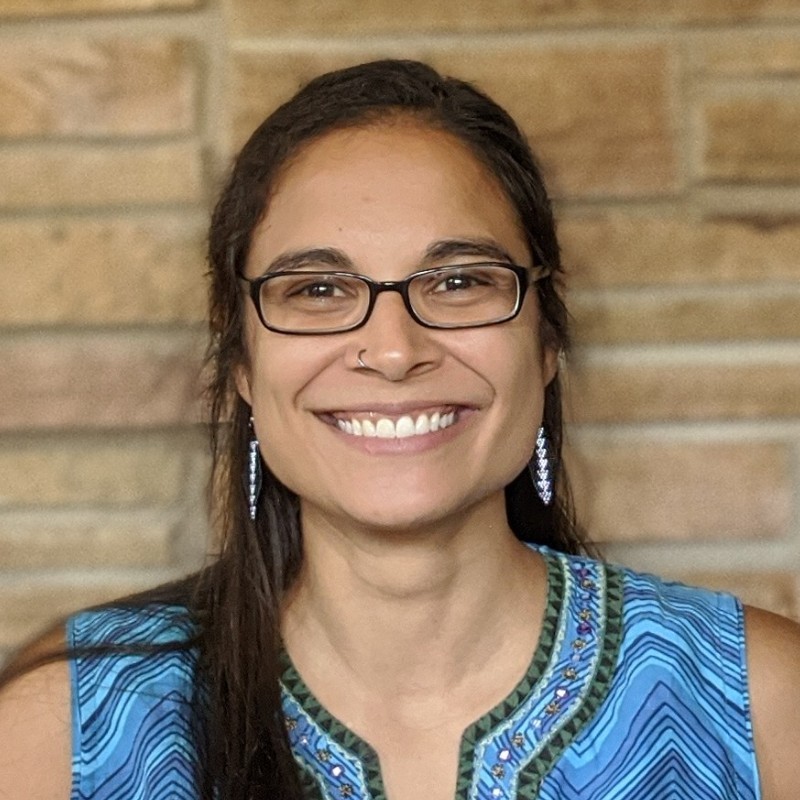
“Accompanying us throughout the arc of our lives gives healthcare a different layer of responsibility for addressing DEI,” said Sarah Jacobs, DEI manager at UnityPoint Health-Meriter. “Every organization and industry right now, ideally, is having their own reckoning to reflect how bias has been woven throughout our history. And healthcare is no different. There’s that additional onus, and we also have to reckon with how we have created greater access for some folks to wellness and less for others, and in some cases created and continue to perpetuate harm for some groups.”
For the healthcare sector, it wasn’t just the Black Lives Matter protests leading to a greater focus on equity – it was also the life-and-death issue of disparities in how COVID affected different communities, where Black and brown people were more likely to contract, be hospitalized and die from COVID – and less likely to be vaccinated.
“You could not refute the reality that whole people groups were disenfranchised, experiencing disparity and dying at a rate that was unacceptable. That conversation in healthcare really started to become like sirens going off,” said Dr. Renita Robinson, vice president of diversity and inclusion and Prevea Health in Green Bay. “That really was the catalyst for people doing something substantive about it. It’s unfortunate that you had to lose that many lives to compel people to do the right thing, but that’s exactly what happened.”
The increased awareness of health disparities related to COVID also increased awareness of disparities in other areas, Robinson said.
“People were focusing on COVID deaths and COVID complications and now we have long COVID,” she said. “But at the same time, people became aware of infant mortality, maternal health, colonoscopy, diabetes, all things at some levels related to strain and the realities of being a person of color in America. I think that people’s antennae are still up and recognizing it wasn’t just COVID, that there was something else playing in the background.”
Whatever the reason for a healthcare organization to renew its focus on diversity and equity, the nature of the business makes it more critical than in other sectors.
“When somebody is coming into a healthcare situation that is such a vulnerable thing, that it does require additional layers to really make that a mutually supportive interaction,” Jacobs said. That includes diversity and equity in employment as well as in patient care.
“It’s all connected,” Jacobs said. “If I, as an individual, have biases with my coworkers, that’s going to show up in how I’m serving our patients. And if I can’t be my whole self, if I don’t feel safe, where I can bring my full skill set to bear, then the organization loses out. And if the patients don’t feel like they can bring their whole selves and be seen and heard for who they are, if we can’t meet them for who they are, where they are, and as they are, then we’re not going to be able to create that effective care plan.”
All of that put together has put diversity in the forefront, Robinson said.
“It’s a mainstay, it’s not the secondary thing. When we are having any kind of conversation, it is overlaid or against the backdrop of DEI. That’s different than it was three years ago,” she said.
What isn’t measured …
Several healthcare DEI executives pointed to one challenge and one important first step in committing to DEI work, and it goes back to an old business adage: what isn’t measured isn’t managed.

“One of the biggest challenges is being able to get data and a lot of spaces. It’s not just to get the data, but it’s to make sure it’s the right data. You have to be able to have the data inform you. So that means you need to have it broken down in ways that’s informative,” said Kingsley Gobourne, chief equity and engagement officer at Group Health Cooperative of South Central Wisconsin. “You have to be able to see the whole picture so you can work with the teams and the existing departments and leadership, to share that vision … We’re to the point now where we can move forward with some plans and start addressing some of the immediate needs. But the biggest challenge is always being able to get the data and information you need to tell the story.”
“We actually have done deep dives in our system to make sure that data collection is what it needs to be,” Robinson said. “We’re looking at the social determinants of health specifically, with the neighborhoods, what access they have to parks, down to these minuscule details that make a huge difference in the quality of life and health. All of those conversations have shifted, so people are asking much better questions. You couldn’t get really good answers when you weren’t asking good questions.”
Another challenge has been communicating the importance of diversity and equity with white care providers – which includes convincing them that they might have their own biases.
“That’s really kind of the tender place that we’re at,” Robinson said. “We are trying to tell people who have taken a Hippocratic oath that there’s some stuff that you’re doing that’s the opposite of your oath. That’s really a challenge, because people will respond violently to any accusation that they’re not giving life or they’re not trying to sustain life or that they’re not really fulfilling their oath.”
“We’ve created some specific bias in healthcare training,” Gobourne said. “And that’s because it’s sometimes hard for providers and nurses and others to understand where the bias is happening. It’s very uncomfortable for people to discuss this stuff to begin with still. And when you bring in race and gender to these things, it makes people somewhat uncomfortable.”
Gobourne said GHC has contracted with Blue Ocean Brain to provide small modules of training – online content that takes literally just a few minutes a few times a week – for its leaders.
“It’s really broad. It’s DEI, it’s LGBTQ-plus, it’s mindfulness, it’s personal wellness, it’s coaching,” he said. “It’s great for our leaders, because we create a common language, as well as a common understanding of how to support our staff.”
He said early adoption was slow but over the last few months, leaders have been engaging more and seeking out content on specific topics.
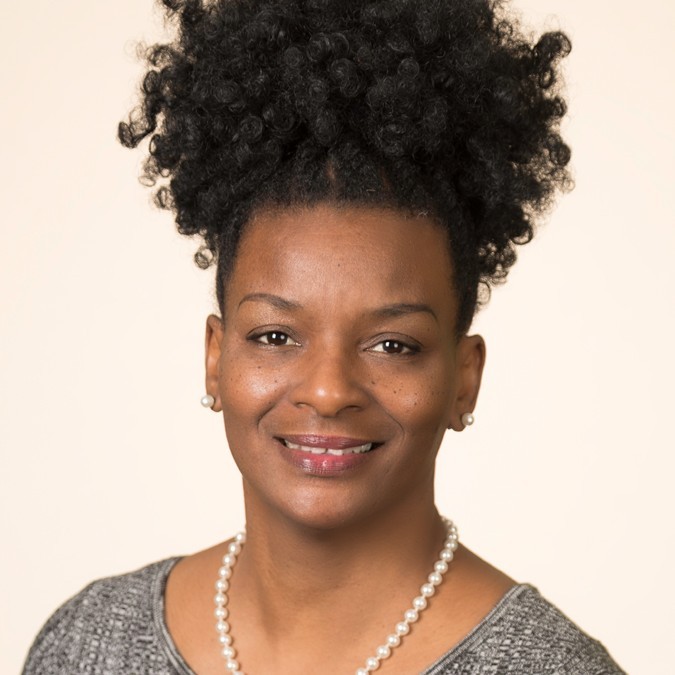
Another strategy has been to double down on existing efforts at community engagement. In fact, that makes up 30% of Robinson’s job description, meaning she could remain involved in community outreach and engagement activities she’d already started in her previous role as CEO of the YWCA of Greater Green Bay.
“(Prevea) created this position because they were committed to making a change in the conversation around health equity in Wisconsin,” she said. “So much so that 30% of the job description is community growth. In two years we’ve hosted five major education events. We had a 12 week series on health disparity prevention. And then we had a five-session series on vaccinating the vulnerable.”
At GHC, that has meant investing money in a variety of charitable causes – and intentionally diversifying the recipients of those investments.
“We are now working on a community giving platform and program. What we want to get away from is just giving to our friends and those we know,” Gobourne said. “If we want to create a community that’s equitable, we need to do things equitably and we want to kind of lead first with that. So we’re creating a platform (where) all the community organizations will be able to apply and seek support and funding.We will have a very visible system that will be able to show the community those social determinants, and those areas of barriers in which we’re trying to make an impact.”
Language is another important area for healthcare organizations to address, which led Gobourne to elevate GHC’s interpretation services to a full-fledged department on the org chart, with a full-time supervisor and increased responsibilities. The team that once provided little more than interpretation during appointments now helps translate all written materials and signage, as well as working with community organizations like the Latino Health Council to help ensure that healthcare needs are met in communities where English isn’t the dominant language.
Cultural humility
Jacobs said one of her goals in the coming years is to embrace what she calls “cultural humility.”
“Cultural competence has long been a goal for us as an industry,” she said. “Cultural competence recognizes that there’s a wide range of values, beliefs, et cetera, within cultures, but it often centers dominant culture – white, cisgender, heterosexual – as the default, and sometimes can be a little prescriptive. We’re shifting to the next phase, which is cultural humility, recognizing that we all have culture. There’s no default assumed.”
Reaching that level of cultural humility requires a top-to-bottom commitment, all three execs said.
“I really feel like I have a CEO (Dr. Ashok Rai) who is absolutely committed – and has demonstrated it on every level – to making change, to elevating the conversation and to demonstrating that there are practical things that can be done to make a difference,” Robinson said.
Jacobs noted that the DEI team has expanded at Meriter, and UnityPoint Health has also added a chief diversity officer at the enterprise level.
All three also said the work will continue in healthcare, even if the commitment to DEI seems to have waned in other sectors.
“We’re taking the approach here that we have more to know, to learn,” Gobourne said. “We don’t know all that we have to know. And that curiosity is enough to keep the work moving forward and keep everyone engaged.”
“When we make a change to address those who are most marginalized, everybody benefits,” Jacobs added.
Robinson said the work must continue for the survival of the entire healthcare sector.
“I don’t think it’s sustainable unless people keep paying attention to all people in health care,” she said. “I think it is unsustainable if we don’t care for even the marginalized people.”


